|
By: Josh Sloat
The Future of Pharma Patents
We’re leading off Season 3 with a close look at a Supreme Court patent case that could have profound impacts on the invention enablement problems we covered heavily in Season 2. SCOTUS is set to hear opening arguments in Amgen v. Sanofi on March 27th. For the first time in over 75 years, the Supreme Court is evaluating the meaning and scope of the enablement requirement. For those who’ve been following along, you’ll know that this has become one of the bigger issues plaguing patenting and especially so in the life sciences.
Dr. Ashley Sloat, President and Director of Patent Strategy at Aurora, leads our discussion today along with our all star patent panel, exploring the scientific background around antibodies necessary to understand the claims, a brief case history of Amgen v. Sanofi, an overview of the enablement factors and tests that have been historically applied in courts and how they might apply to this case, and a discussion around open questions and the potential unintended consequences of the Supreme Court only taking up one-half of the two-sided enablement coin. This ends up being a really great, spirited conversation with panel members coming down strongly on both sides of the case with very compelling arguments – really highlighting the complexities and fundamental issues the court will have to face. Ashley is joined today by our always exceptional group of IP experts including:
Availability
Patently Strategic is available on all major podcasting directories, including Apple Podcasts, Spotify, and Google Podcasts. We're also available on 12 other directories including Stitcher, iHeart Radio, and TuneIn, so you should be able to find us wherever you listen to podcasts.
Topic and guest participant requests
If you’re an agent or attorney and would like to be part of the discussion or an inventor with a topic you’d like to hear discussed, please reach out.
ResourcesRelated Episodes
Related Reading Transcripts We're also providing computer-generated transcripts for improved accessibility and additional reference opportunities. Slides For the visual learners out there, we also like to make our presenter slides available for your reference.
1 Comment
By: Josh Sloat
Foreign Filing License Risks and Strategies
Foreign filing licenses – surprisingly sneaky and easy to overlook, but can come with significant consequences if you do. Many countries, including the US, require inventors to receive special permission to file with patent offices outside of the inventor’s – or invention’s – country. A foreign filing license is a government issued document that represents this permission for inventors and companies to file in foreign countries. Failing to receive this permission can come with serious ramifications including fines, patent revocation, and even imprisonment!
Why so serious? Well, like with most matters of foreign export compliance, it comes down to each nation’s strong desire to protect its own security and economic interests. Allowing ideas to cross borders comes with the risk of the unauthorized exportation of technologies and sensitive information that could have implications for military applications, national security, and state secrets. In this month’s episode, we're bringing you along for a tale of international mystery and intrigue and into the clandestine world of foreign filing licenses. Ty Davis, Patent Strategy Associate at Aurora, along with our all star patent panel, discusses:
Ty is joined by our always exceptional group of IP experts, including:
Availability
Patently Strategic is available on all major podcasting directories, including Apple Podcasts, Spotify, and Google Podcasts. We're also available on 12 other directories including Stitcher, iHeart Radio, and TuneIn, so you should be able to find us wherever you listen to podcasts.
Topic and guest participant requests
If you’re an agent or attorney and would like to be part of the discussion or an inventor with a topic you’d like to hear discussed, please reach out.
ResourcesForeign Filing License Countries Table As mentioned in the episode, based on our research, we've assembled a table of known countries with foreign filing license requirements. This table also breaks down the categories discussed in this episode, including whether the requirements are based on location of inventive activity vs. location/residency/citizenship of participants and whether or not the requirements are limited to national security, state secrets, and/or military applications. This is available as a downloadable PDF. Related Reading The following articles talk about how international filing fits into your overall patent timeline and strategy.
Transcripts We're also providing computer-generated transcripts for improved accessibility and additional reference opportunities. Slides For the visual learners out there, we also like to make our presenter slides available for your reference.
By: Josh Sloat
A Guidebook for Inventors
If there were a guidebook we could hand to inventors on the first day following the conception of their idea, this episode would be it.
When is it safe to talk about or sell your invention? How do you hedge against invalidation and rejection from competitor IP? How do you ensure you actually own your invention? In this month’s episode, Dr. Ashley Sloat, President and Director of Patent Strategy at Aurora, leads a discussion along with our all star patent panel, exploring the most common patenting missteps taken by inventors and startups. The focus largely centers around three key areas:
The group highlights best practices for not making the mistakes in the first place and explores available remedial options should you already be in need of a rescue line. Ashley is also joined today by our always exceptional group of IP experts including:
Availability
Patently Strategic is available on all major podcasting directories, including Apple Podcasts, Spotify, and Google Podcasts. We're also available on 12 other directories including Stitcher, iHeart Radio, and TuneIn, so you should be able to find us wherever you listen to podcasts.
Topic and guest participant requests
If you’re an agent or attorney and would like to be part of the discussion or an inventor with a topic you’d like to hear discussed, please reach out.
ResourcesRelated Episodes
Related Reading
Transcripts We're also providing computer-generated transcripts for improved accessibility and additional reference opportunities. Slides For the visual learners out there, we also like to make our presenter slides available for your reference.
By: Josh Sloat
Innovator MD Master Class
Join us December 8th online for my next MasterClass with our good friends at InnovatorMD! We'll be discussing how to make stronger, more robust life science patents.
In recent years, life science patents have grown increasingly vulnerable to rejection and invalidation due to judicial interpretations around the patent law concepts of subject matter eligibility and invention enablement. A retired US Court of Appeals Chief Justice has described the resulting environment as an “illogical, unpredictable, chaotic” mess. The practical implications are staggering. When it comes to eligible subject matter, in the last five years, over 80% of abandoned life science applications had a final rejection from the USPTO stating that the innovation did not include patentable subject matter. As for enablement, case law is now littered with patents whose innovator’s ideas proved to be revolutionary, but whose patent claims ended up invalidated because they failed to demonstrate in their applications how their observations could be practically applied or failed to prove that they deserved the breadth of coverage they sought. In this talk, we’ll help you make sense of the present state of the law, explore how you can avoid these common rejections, and provide some very practical tips for creating stronger, more robust life science patents. About InnovatorMD
InnovatorMD's mission is to globally advance the work of physician innovators and entrepreneurs delivering solutions that revolutionize patient care. They are a group of physician innovators from various backgrounds with a single vision - to spread physician innovation to the rest of the world and to have a positive impact on patient outcomes and physician wellness while moving the healthcare industry forward.
By: Josh Sloat
Unpredictable Arts
Patenting Biological, Chemical, and Emerging Technologies
Think your innovation is sufficiently enabled to secure, defend, and assert your patent rights? If it’s a biological, chemical, or emerging technology invention then you might want to think again. In today’s episode we’re looking into how to get more predictable results from the unpredictable arts. Some technologies, like those rooted in physics and mechanics, are considered “predictable” by the US Patent Office, while others, like biological and chemical technologies, are generally considered “unpredictable.” It follows that the amount of disclosure required to enable an invention is related to the predictability of the technology, and so-called unpredictable arts require more description to teach a reader how to “make and use” the technology. Similarly, emerging technologies, being less well known, also require more disclosure to be fully enabled. In this month’s episode, David Jackrel, President of Jackrel Consulting, leads a discussion along with our all star patent panel, exploring enablement for the unpredictable arts and emerging technologies. The panel discusses peculiarities of patenting unpredictable art and emerging technologies, with a focus on modern case law and statutes to arrive at a set of best practices for getting more predictable results when patenting these technologies. Dave is also joined today by our always exceptional group of IP experts including:
Availability
Patently Strategic is available on all major podcasting directories, including Apple Podcasts, Spotify, and Google Podcasts. We're also available on 12 other directories including Stitcher, iHeart Radio, and TuneIn, so you should be able to find us wherever you listen to podcasts.
Topic and guest participant requests
If you’re an agent or attorney and would like to be part of the discussion or an inventor with a topic you’d like to hear discussed, please reach out.
ResourcesRelated Episodes
Related Reading
Transcripts We're also providing computer-generated transcripts for improved accessibility and additional reference opportunities. Slides For the visual learners out there, we also like to make our presenter slides available for your reference.
By: Josh Sloat
S2 Episode 4: Into the Patentverse Vol. 1
AR, VR, and Virtual Infringement in the Metaverse
We’re slipping our headsets on and heading back into the Metaverse! Earlier this year, we began our foray into this world with a deep dive into the building blocks that could very well form the structural and economic underpinnings of the Metaverse by exploring the tech concepts and IP implications surrounding Web 3.0, blockchain, cryptocurrency, and NFTs. Today we build on this, by expanding our conversation into the most likely interfaces for the Metaverse, as well as how patentability and infringement could play out as we meld innovations between the physical and digital realms. In this month’s episode, Kristen Hansen, Patent Strategist and software patent guru here at Aurora, leads a discussion along with our all star patent panel, exploring questions including:
Along the way, the group also shares some great tips for drafting claims around the virtual world to get around physical world prior art, as well as some pointers for avoiding divided infringement for processes that are performed in a distributed manner – as will almost always be the case with Metaverse-based innovations. Kristen worked on VR and AR patents for nearly a decade, including those held by some of the Valley giants looking to define the space. We honestly couldn’t think of a better person to lead this conversation. Kristen is also joined today by our always exceptional group of IP experts including:
Before joining the group, as we often do, we’d like to provide a short primer on some key concepts in this episode for those newer to the world of patenting. This primer covers:
Availability
Patently Strategic is available on all major podcasting directories, including Apple Podcasts, Spotify, and Google Podcasts. We're also available on 12 other directories including Stitcher, iHeart Radio, and TuneIn, so you should be able to find us wherever you listen to podcasts.
Topic and guest participant requests
If you’re an agent or attorney and would like to be part of the discussion or an inventor with a topic you’d like to hear discussed, please reach out.
ResourcesRelated Episodes
Related Reading Transcripts We're also providing computer-generated transcripts for improved accessibility and additional reference opportunities. Slides For the visual learners out there, we also like to make our presenter slides available for your reference.
By: Josh Sloat
Means-Plus-Function
The Risk of Losing Your Way
Word choice matters a great deal in the world of patenting. You’re using the English language to draw a picture around highly technical concepts. The precision with which this is done, down to the semantic level, can make all of the difference when it comes to your patent application being rejected or granted – and the future likelihood of your ability to assert your rights or defend against invalidation. Word choice too narrow or overly specific – and you can easily be designed around by competitors. Word choice too broad and only describing what something is vs. what it does and you risk rejection or invalidation for what will be ruled as linguistic tricks to get more coverage than what you actually invented. The tension is real and the case law interpretation is fluid, but it all still comes down to determining if the chosen words will enable a person of ordinary skill in the art to carry out an invention – in the interest of other inventors being able to build on the idea, while also avoiding trespassing with infringement. One very particular place this tension between breadth of coverage and specificity in enablement arises is with the concept of means-plus-function claim language. In this month’s episode, Dr. Ashley Sloat, President and Director of Patent Strategy here at Aurora, leads a discussion, along with our all star patent panel, into the nuanced world of means-plus-function claiming. The group digs into the statute, explores relevant case law in an analysis of the kinds of word choices that have and haven’t caused problems for inventors, and also provides some great drafting tips for de-risking the use of means-plus-function claim language. Ashley is joined today by our always exceptional group of IP experts including: ⦿ Kristen Hansen, Patent Strategist at Aurora ⦿ Dr. David Jackrel, President of Jackrel Consulting ⦿ David Cohen, Principal at Cohen Sciences ⦿ Shelley Couturier, Patent Strategist and Search Specialist Before jumping into the deep with the panel, we also provide a quick primer on key concepts including specification vs claims, Section 112 enablement, functional claim language, and nonce words. Availability
Patently Strategic is available on all major podcasting directories, including Apple Podcasts, Spotify, and Google Podcasts. We're also available on 12 other directories including Stitcher, iHeart Radio, and TuneIn, so you should be able to find us wherever you listen to podcasts.
Topic and guest participant requests
If you’re an agent or attorney and would like to be part of the discussion or an inventor with a topic you’d like to hear discussed, please reach out.
Resources
By: Josh Sloat
From Alice to Axle
IP Uncertainty for the Innovation Economy
In today’s episode, we’re discussing a recent court decision that judges have said could threaten "most every invention for which a patent has ever been granted", turning the patent system into a "litigation gamble." Dr. David Jackrel, President of Jackrel Consulting, leads a discussion into American Axle’s recent bid to have the Supreme Court overturn a lower court decision that invalidated the company’s patent in a closely followed legal battle with rival Neapco Holdings. This case offered a much anticipated opportunity to more broadly clarify patent eligibility in a time where many believe that court precedent has undermined the U.S. patent process and, in the words of retired U.S. Court of Appeals Chief Judge Paul Michel, “confused and distorted the law of eligibility”, making it an “illogical, unpredictable, chaotic” mess. Critics of these rulings and the resulting present state of IP law claim that the confusion and inconsistency has led to courts canceling many patents that should be protected. The Solicitor General has stated that problems arising from the application of Section 101 have “made it difficult for inventors, businesses, and other patent stakeholders to reliably and predictably determine what subject matter is patent eligible”. Despite cries for help and urges to provide clarification from multiple presidential administrations, the Solicitor General, members of Congress, the Federal Circuit Court, IP bar associations, and the Patent Office, the Supreme Court refused to hear this case, leaving many inventors and industries in limbo since as a USPTO spokesperson said after the ruling, innovation "cannot thrive in uncertainty." David and our all star patent panel discuss the case law, its implications, how present statute is being conflated and taking section 101 well beyond its gatekeeping function, and in their analysis of the American Axle patent, provide some great tips that may have changed American Axle’s present fate – and can hopefully improve your odds of success if approached intentionally at the drafting stage. David is joined today by our always exceptional group of IP experts including:
Availability
Patently Strategic is available on all major podcasting directories, including Apple Podcasts, Spotify, and Google Podcasts. We're also available on 12 other directories including Stitcher, iHeart Radio, and TuneIn, so you should be able to find us wherever you listen to podcasts.
Topic and guest participant requests
If you’re an agent or attorney and would like to be part of the discussion or an inventor with a topic you’d like to hear discussed, please reach out.
Resources
By: Josh Sloat
Selection Process
There are problems and then there are good problems. The quality of your submissions once again blew us away! This made for an incredibly difficult selection process – so many incredible innovations, all backed by stories of personal inspiration, focused solutions, and true entrepreneurial grit. Even though the world is far from back to normal, your resolve, steadfastness, and creative spirits have not been tempered one bit. After much vigorous deliberation by our selection committee, and our desire to help as many inventors as we can, we opted to once again lift the constraints of the original plan beyond the single $5,000 award to include the addition of awards to two other exceptional finalists.
Using a weighted matrix, our team scored applications based on the following criteria:
We can't say it enough, but the recipients are a truly gifted collection of entrepreneurs who will surely do great things. We couldn’t be more thrilled about the potential to be a part of their journey! Drumroll please! And the 2022 awards go to...heARsight LLC
We're so very pleased to announce that the first place, full $5,000 award, goes to heARsight LLC. heARsight's mission is to empower people who are d/Deaf or hard of hearing (HOH) with innovative tools that contribute to better speech comprehension and an overall higher quality of life. Their innovation is a pair of augmented reality smart-glasses that provide subtitles to a user during their in-person conversations. The need for assistive tech like this is massive – the World Health Organization (WHO) estimates the number of people globally who suffer from hearing difficulties to be 430 million. This number is expected to grow to 2.5 billion by 2050 due to the aging global population and unsafe listening practices. This mission is a personal one for the heARsight team – the company was founded by Danny Fritz and Riley Ellingsen during their time as Master's students at Notre Dame, where Danny conceived of the idea from his lived experience watching his girlfriend, Meg, struggle with hearing difficulties in everyday settings.
Our thought bubble. When we look for ideal RISE recipients, we look closely at potential for societal good matched with a team that can execute. heARsight is just this type of impactful innovation, backed by the kind of DNA it takes to see through to market success. Assistive technology is a corner of the market that unfortunately still has too much white space and we’re happy to help them fill it, in any way we can!
ThermoVERSE
We’re excited to share that we’ve selected ThermoVERSE as our first runner-up, to receive a $4,000 award. ThermoVERSE is focused on pioneering technology that will deliver cost-effective heating and cooling energy retrofits so that low-to-middle income (LMI) housing property managers can reap the benefits of an energy efficiency (or building code) upgrade without having to open up the walls. Low-to-middle income housing constitutes approximately 30% of all housing stocks in the U.S., and retrofitting buildings to accommodate new HVAC installations often comes with the surprise of required building code upgrades that can triple expected costs! The goal of ThermoVERSE's highly modular thermoregulation systems will be providing thermal comfort without the need for these costly energy retrofits.
Our thought bubble. Their innovation is both timely and necessary. Given skyrocketing energy costs, soaring home prices, and housing shortages across the country, disruption in this space is essential to maintain viability for as many LMI properties as possible. The RISE award offers the peace of mind for IP management that ThermoVERSE has been looking for. As an early-stage, unincorporated company it is often difficult to navigate IP without financial assistance, let alone attract the interest of investors. The team at Aurora Patents seems to be cognizant of this, and is coordinating with my local economic development hub, Ann Arbor SPARK, to ensure that any additional IP needs of ThermoVERSE are taken care of. Spirit Fire Aftermarket
We are delighted to report that we've selected Spirit Fire Aftermarket as our second runner-up, also receiving a $2,500 award. Spirit Fire developed a solar powered light that activates at night when in motion. With traditional truck cab lights, you have to drill holes and rewire the whole vehicle to connect the light wires to the car battery. With Spirit Fire's lights, you just peel and stick the lights where you want them and they turn on at night when you're driving due to special sensors detecting light and certain kinetic energy. Luciano and his team have bootstrapped the entire mission, right down to the creation of the custom tool required to make the lights.
Our thought bubble. We love gritty entrepreneurs who roll up their sleeves and find ways to innovate. Spirit Fire's story is a great example of finding a real market need, self-bootstrapping, and doing a practical thing well. Going forward
We're firmly committed to the RISE award being an annual fixture. We love helping entrepreneurs. It's what gets us out of bed in the morning. Getting to help even more in an epically difficult time has proved to be exceptionally rewarding for us and we're certain it will prove to be such for the recipients. Please stay tuned for updates on these great companies. And if you haven't already, check out our recent podcast episode featuring a great sit down with three very innovative, up-and-coming inventors – all past recipients of the RISE award.
By: Josh Sloat
Join me in SF or Online
We're excited to share that we've been invited to host an IP workshop at this year's InnovatorMD World Congress. This is the largest physician innovation event and provides access to top-tier health innovation education, innovation ecosystem networking, and all the CME you need for the year. You can see the full agenda here.
Time and location: Aug 17-20, both online and SF Bay Area About the Workshop
Top 3 Inventor Mistakes and How to Avoid Them
A critical rescue line to future self The patent world is full of trap doors that lie waiting for unsuspecting inventors. Some of these mistakes are reversible with limitations. Others have no undo button. In this talk, we will cover the most common patenting mistakes made by inventors and startups. We’ll highlight best practices for not making the mistakes in the first place and explore available remedial options. Topics include public disclosure mishaps, prior art searching consequences, and ownership quagmires. Time and location: Thursday, August 18, 2022 | 2:00 PM - 3:30 PM PT | Live via Zoom and in-person Network Discount
For a 50% discount, use code SPEAKERREF when checking out.
About InnovatorMD
InnovatorMD's mission is to globally advance the work of physician innovators and entrepreneurs delivering solutions that revolutionize patient care. They are a group of physician innovators from various backgrounds with a single vision - to spread physician innovation to the rest of the world and to have a positive impact on patient outcomes and physician wellness while moving the healthcare industry forward.
|
Ashley Sloat, Ph.D.Startups have a unique set of patent strategy needs - so let this blog be a resource to you as you embark on your patent strategy journey. Archives
April 2024
Categories |

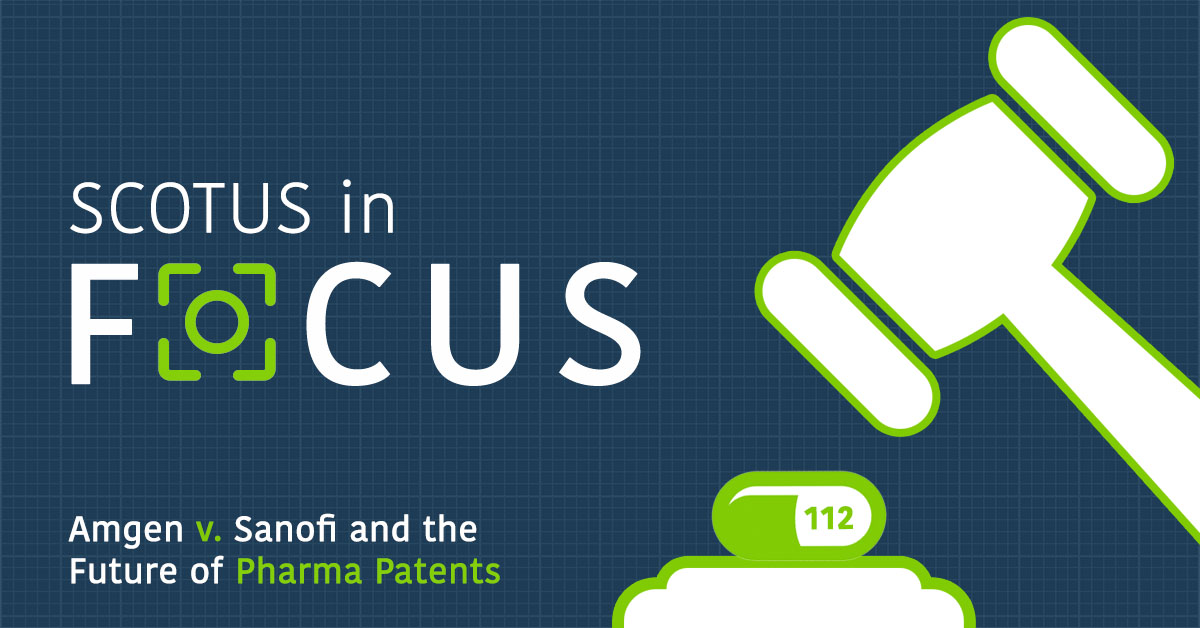



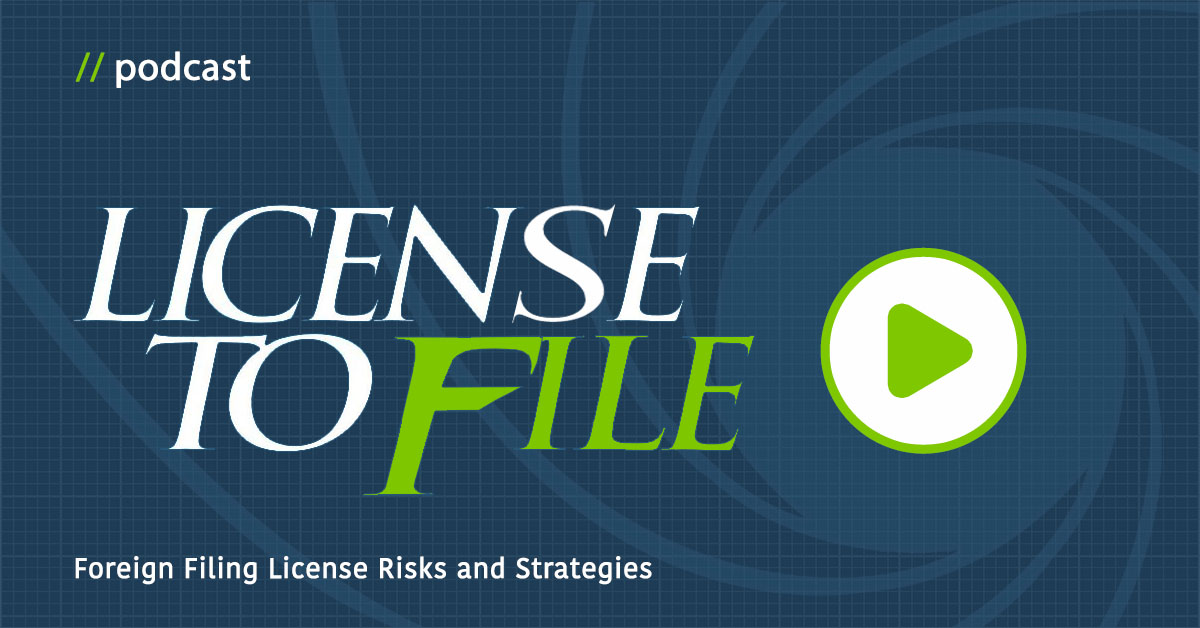

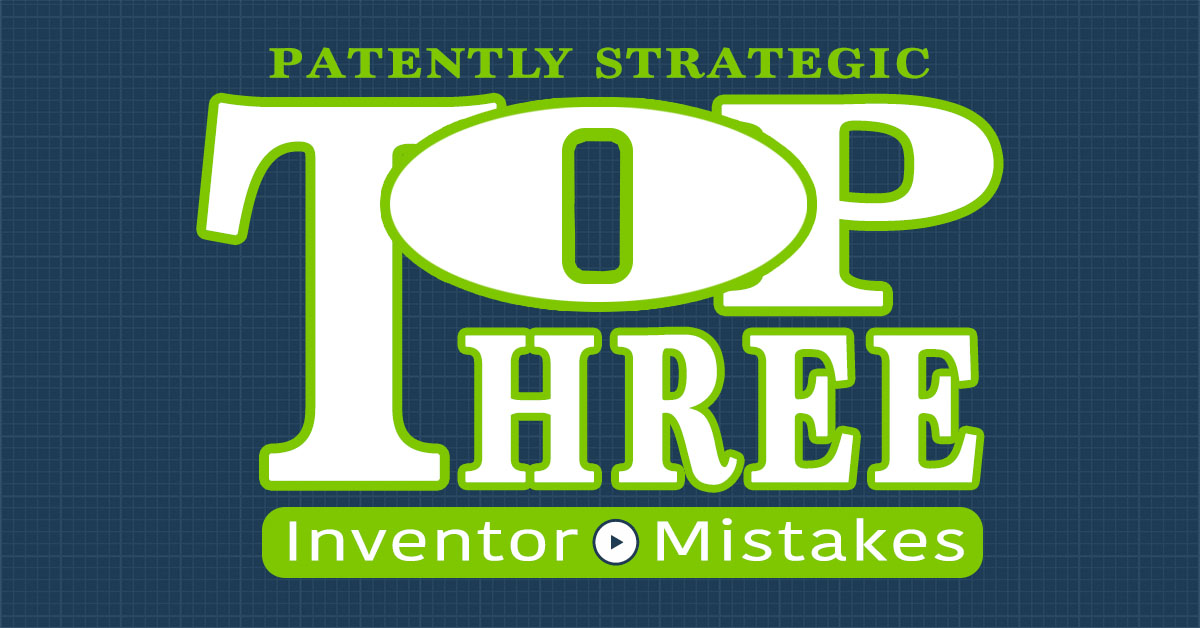
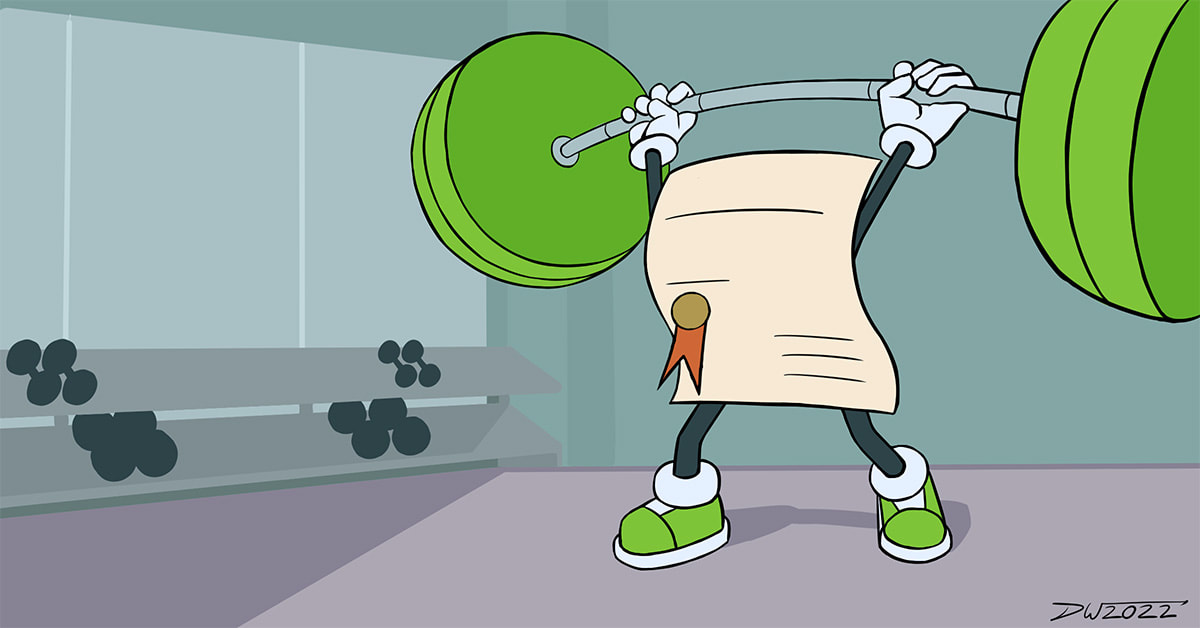
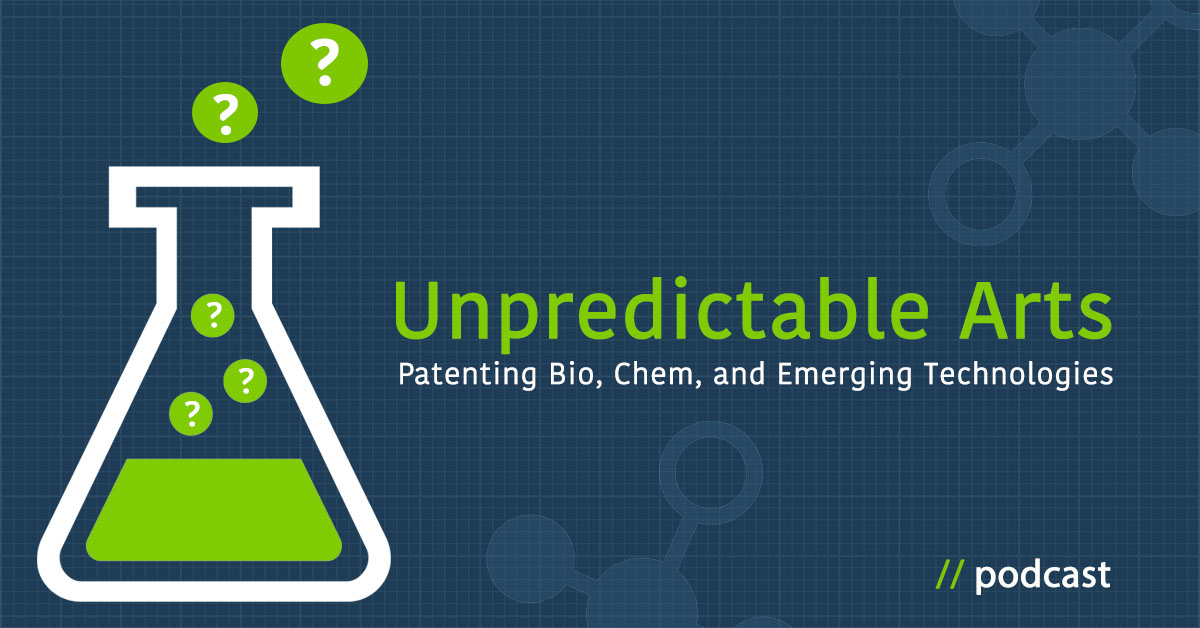
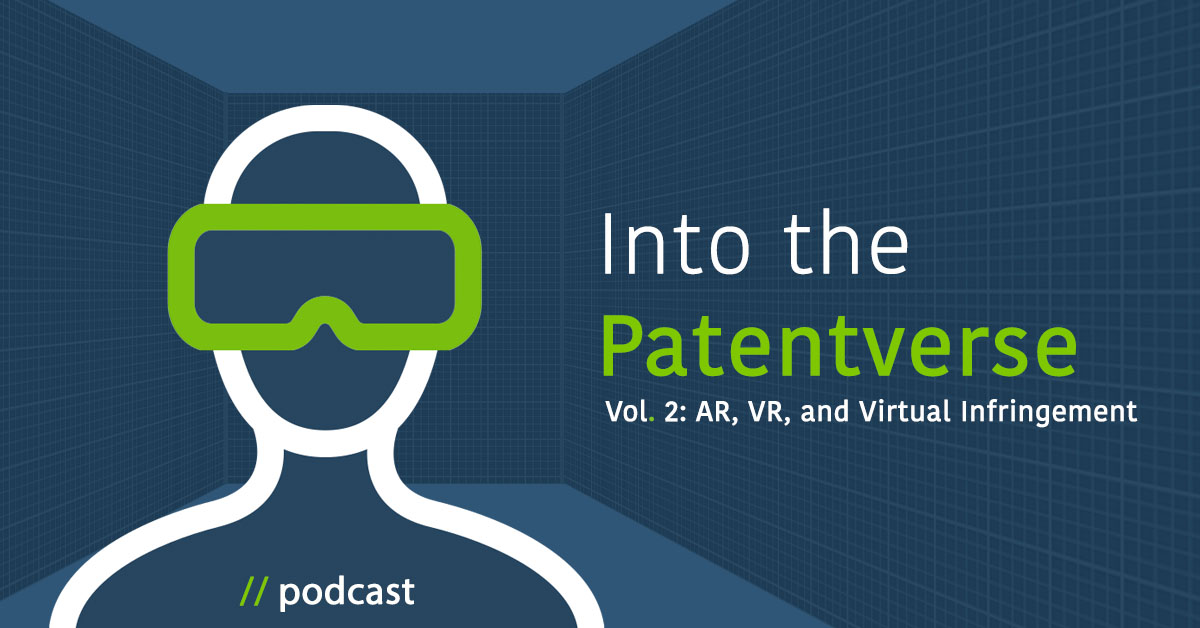

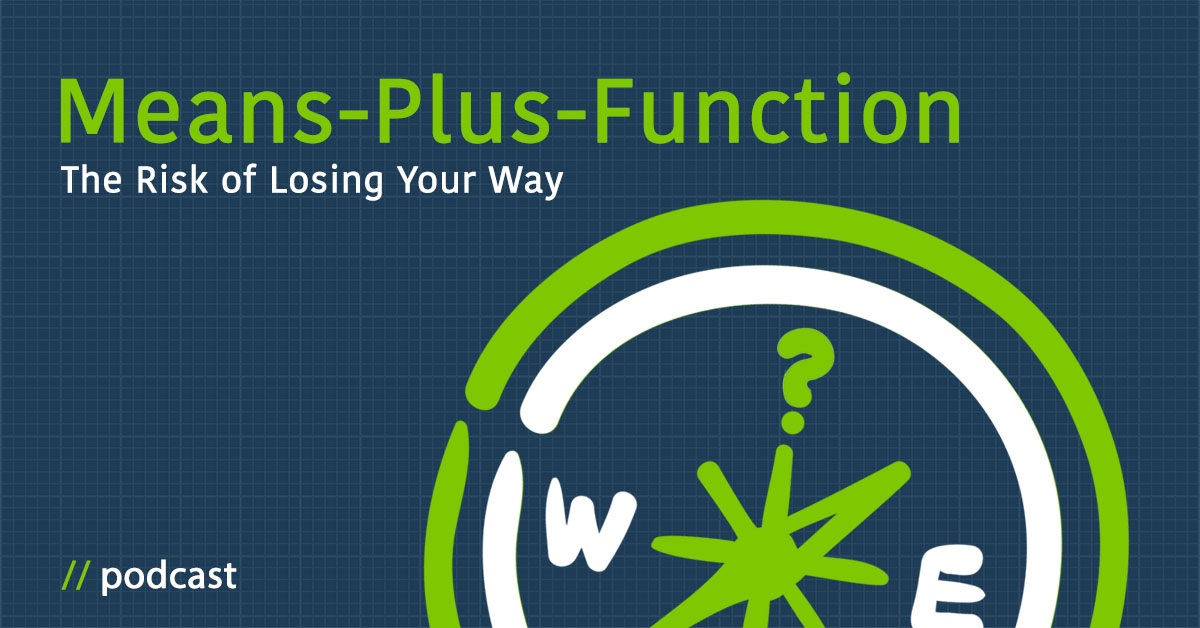

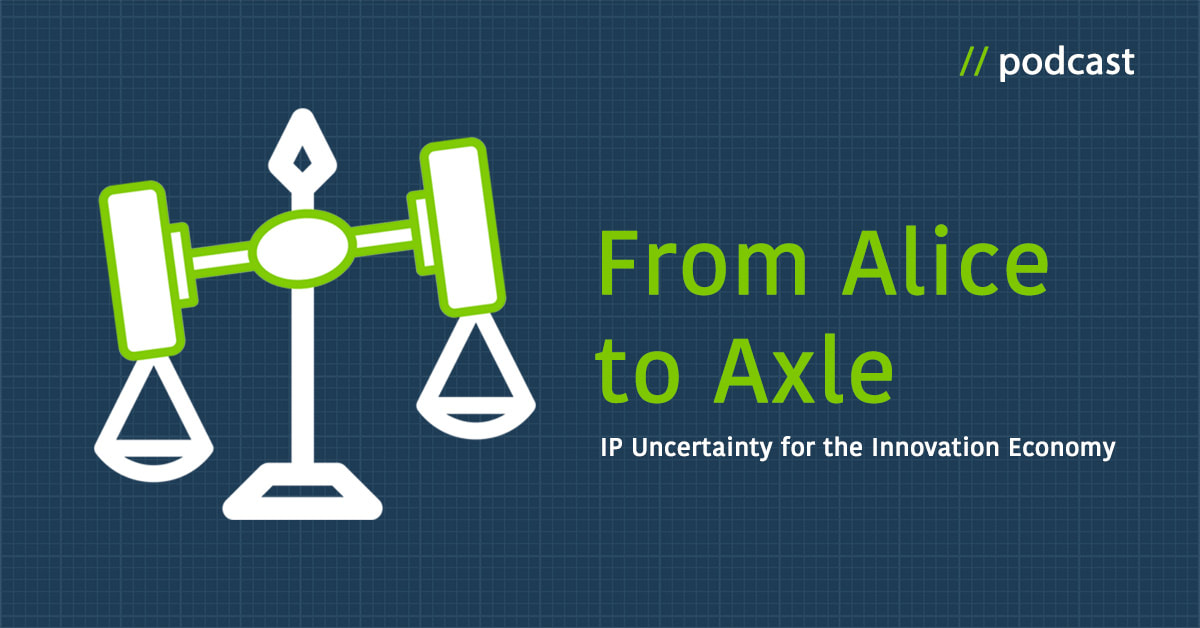
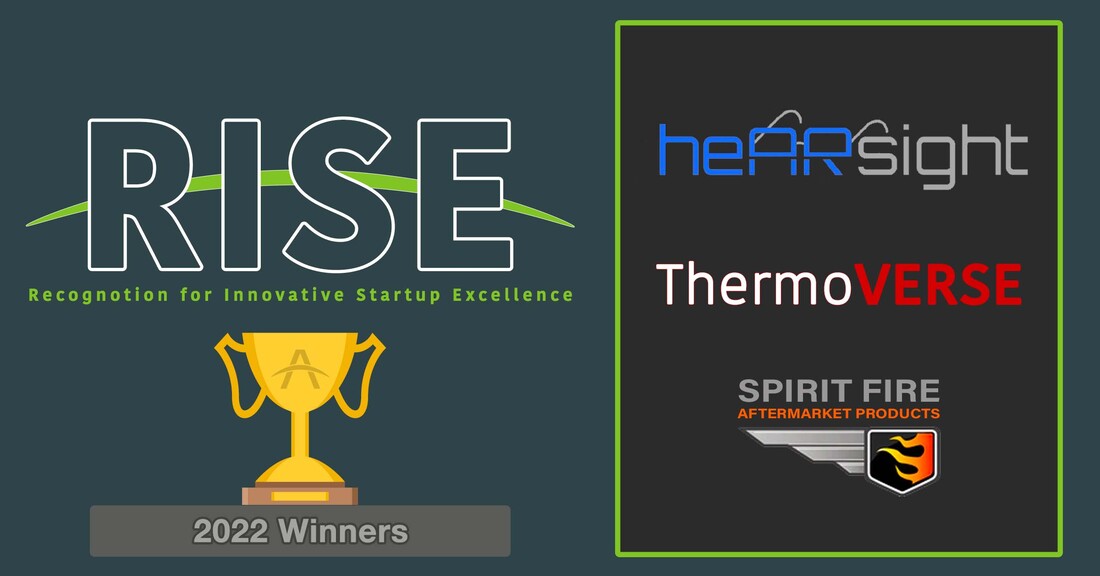
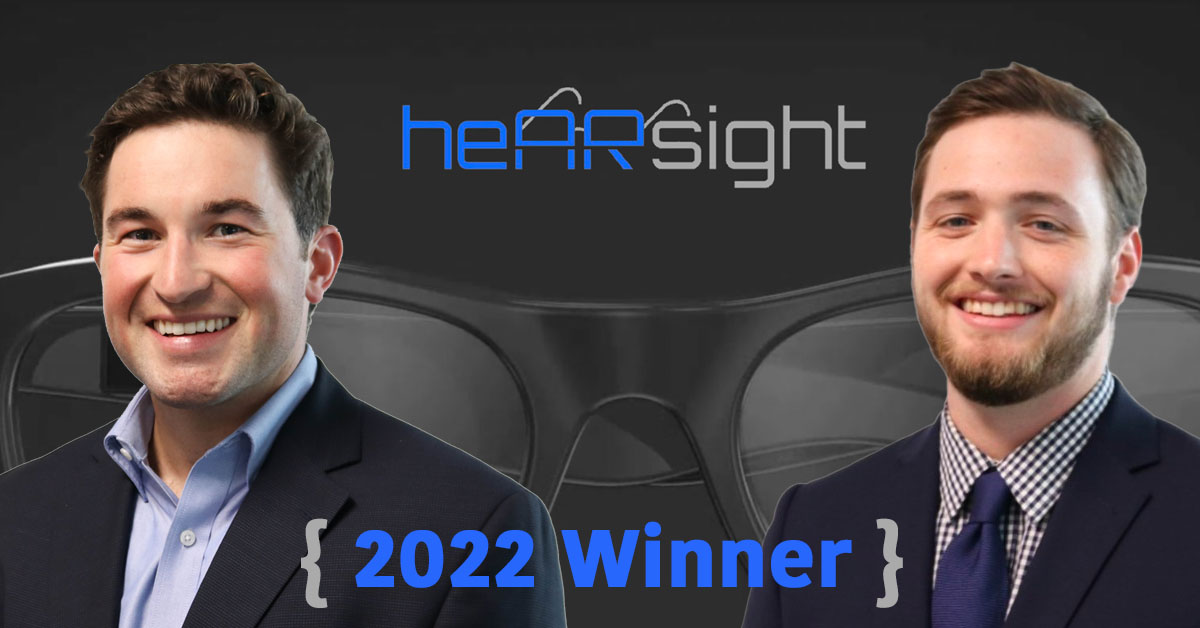
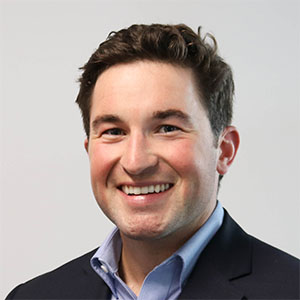
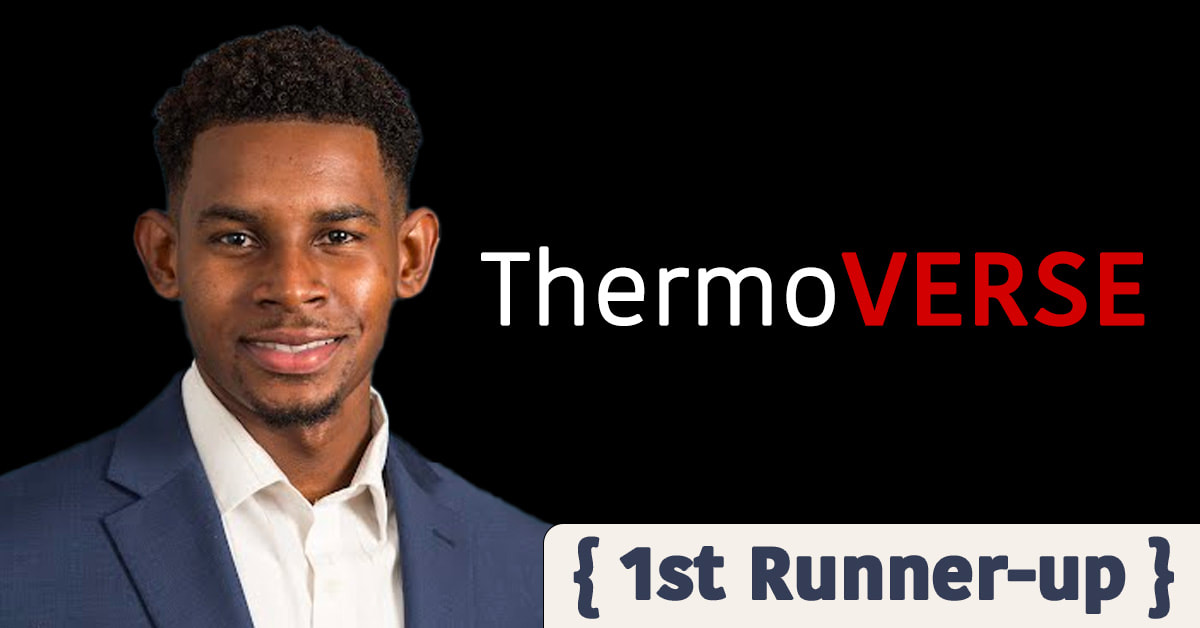

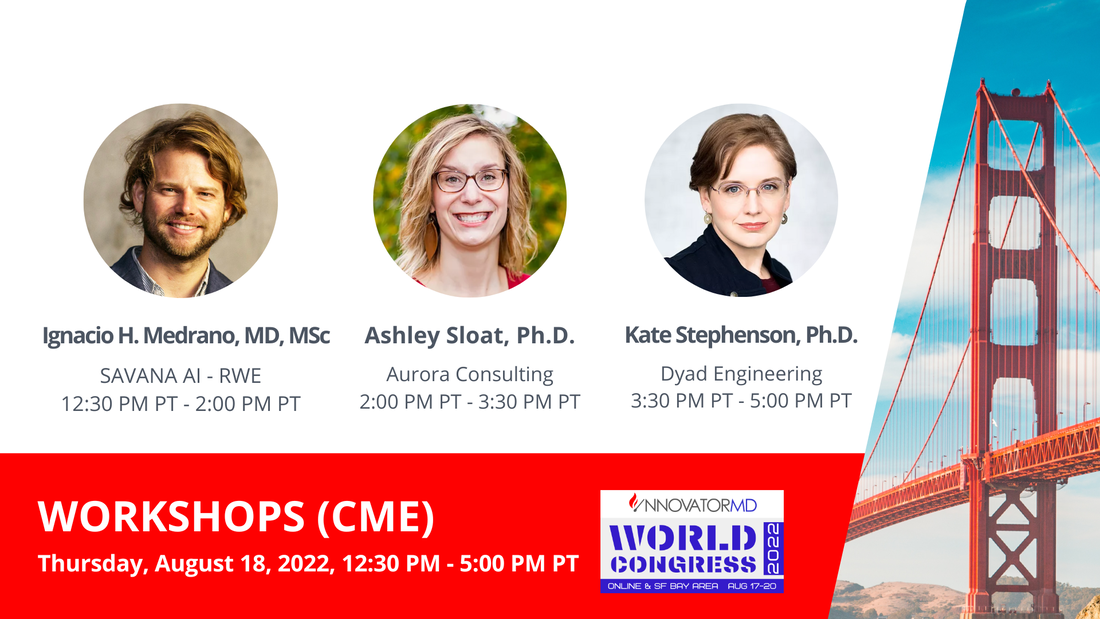
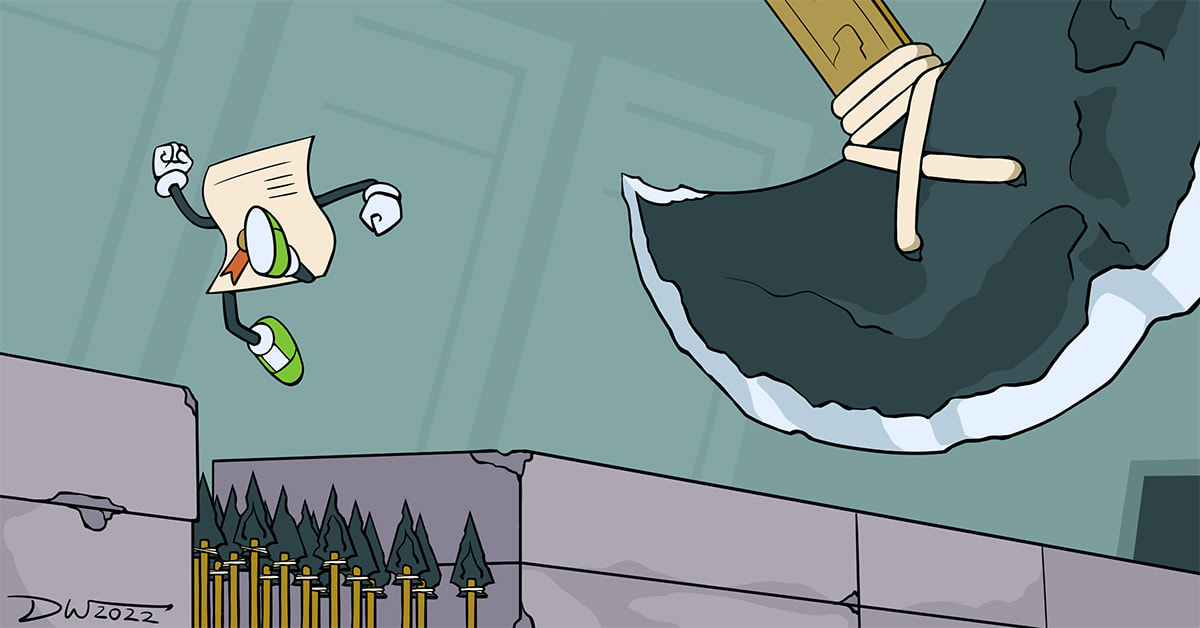
 RSS Feed
RSS Feed